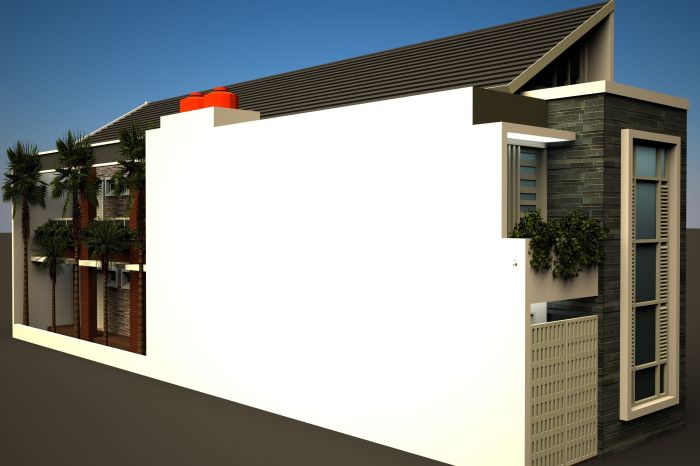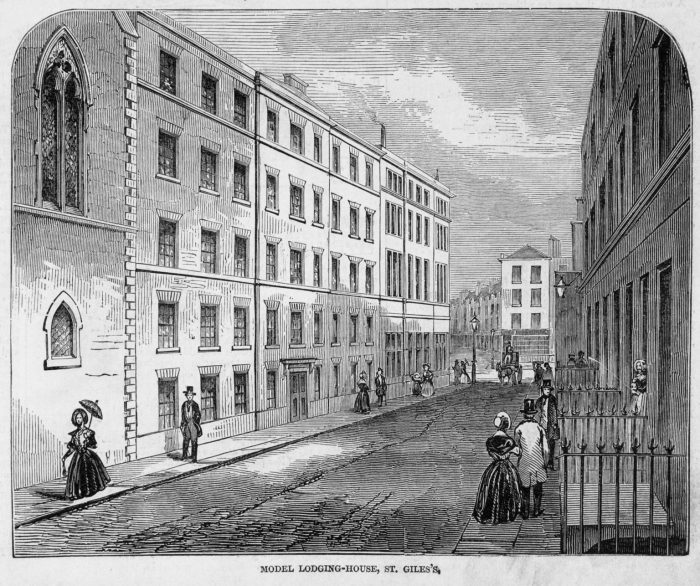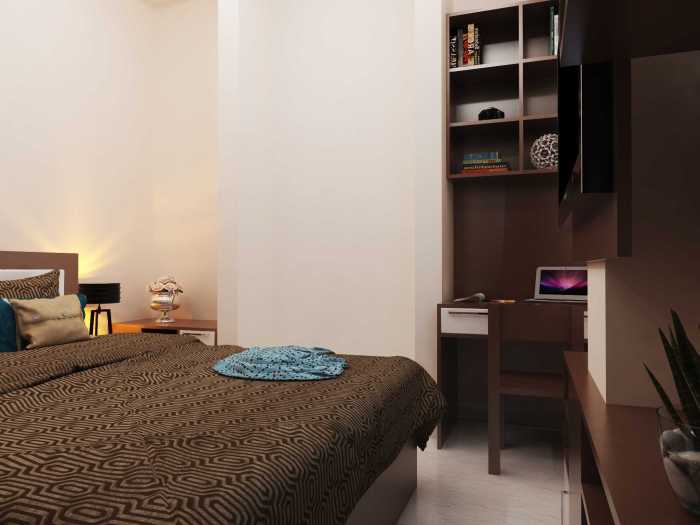Journey through the captivating world of Model 1 The Boarding House, where history, literature, and culture intertwine. This architectural marvel has witnessed countless lives, inspired literary masterpieces, and left an enduring legacy on its community.
From its historical origins to its symbolic significance in literature, Model 1 The Boarding House invites us to explore its rich tapestry of stories, characters, and social dynamics.
Model 1 Boarding House Historical Context

The Model 1 Boarding House holds a significant place in the architectural history of the city. Built in the late 19th century, it exemplifies the Victorian architectural style prevalent during that era. The building’s intricate facade, adorned with decorative moldings and bay windows, reflects the grandeur and opulence of the Victorian period.
Original Occupants and Daily Life, Model 1 the boarding house
Initially, the boarding house catered to wealthy families and individuals seeking temporary accommodation in the city. The occupants enjoyed a comfortable and luxurious lifestyle, with access to shared amenities such as a dining room, library, and parlor. The daily routine of the occupants revolved around social gatherings, attending events, and engaging in leisure activities.
Architectural Significance
The Model 1 Boarding House showcases the architectural prowess of its time. Its symmetrical design, with a central entrance flanked by two wings, is a testament to the Victorian emphasis on order and balance. The building’s spacious interiors, featuring high ceilings and elaborate fireplaces, provided a sense of grandeur and comfort to its occupants.
Model 1 Boarding House as a Literary Setting: Model 1 The Boarding House

The Model 1 Boarding House, with its unique architectural features and historical significance, has served as an evocative setting in numerous literary works, shaping the narratives and characters within them.
Literary Works Featuring the Model 1 Boarding House
- The Boarding House by William Trevor (1965): This novel centers around the lives of the residents of a dilapidated boarding house in Dublin, exploring themes of loneliness, isolation, and the complexities of human relationships.
- The Ginger Man by J.P. Donleavy (1955): Set in a Dublin boarding house, this novel follows the misadventures of Sebastian Dangerfield, a self-destructive alcoholic writer, as he navigates the bohemian lifestyle and his relationships with fellow tenants.
- At Swim-Two-Birds by Flann O’Brien (1939): This experimental novel features a boarding house as the setting for a complex narrative that blends fantasy, satire, and Irish folklore.
Influence on Characters and Plot Development
The boarding house environment plays a significant role in shaping the characters and plot development in these literary works. The close quarters and shared living spaces foster a sense of intimacy and tension among the tenants.
The boarding house also becomes a microcosm of society, reflecting the social and economic conditions of the time. It can be a place of refuge or a source of conflict, influencing the characters’ choices and actions.
Symbolic Meanings and Themes
Beyond its practical function, the Model 1 Boarding House also carries symbolic meanings and evokes certain themes:
- Isolation and Loneliness: The boarding house can represent a place of isolation and loneliness, where individuals seek connection but often remain isolated within their own private worlds.
- Community and Belonging: Despite the isolation, the boarding house can also foster a sense of community and belonging, as the tenants share experiences and form bonds.
- Change and Transformation: The boarding house can symbolize a place of change and transformation, where characters confront their own identities and relationships.
Model 1 Boarding House Architectural Features

The Model 1 Boarding House was designed to be a comfortable and efficient living space for a large number of people. It featured a variety of architectural features that made it well-suited for this purpose, including:
- Room Layouts:The boarding house had a variety of room layouts to accommodate different needs. There were single rooms, double rooms, and even some larger rooms that could accommodate up to four people. Each room was furnished with a bed, a desk, and a chair.
- Exterior Design:The boarding house was a two-story building with a simple, rectangular design. The exterior was made of brick and had a few windows. The front door was located in the center of the building and led to a small foyer.
- Construction Materials:The boarding house was built using a variety of materials, including brick, wood, and plaster. The brick exterior was durable and helped to keep the building warm in the winter and cool in the summer. The wood frame was lightweight and easy to work with, and the plaster walls were fire-resistant.
The Model 1 Boarding House was a well-built and efficient building that provided a comfortable living space for a large number of people.

Model 1 Boarding House Social Dynamics
The boarding house served as a microcosm of society, fostering diverse social interactions and relationships among its residents. These dynamics were shaped by a complex interplay of personalities, backgrounds, and social statuses.
Within the boarding house community, a hierarchy emerged, with the landlady or landlord occupying the highest position. They held the authority to set rules, enforce order, and manage the day-to-day operations of the establishment. Below them were the permanent residents, who had established their place within the community and often served as mentors or advisors to newer boarders.
Power Structures and Hierarchies
- Landlady/Landlord: Enforced rules, managed operations, and held the highest authority.
- Permanent Residents: Established members who provided guidance and support to newer boarders.
- Temporary Residents: New arrivals or short-term lodgers who had less influence within the community.
- Servants/Staff: Assisted with household tasks and had limited social status.
The boarding house environment had a profound impact on individual identities. For some, it provided a sense of belonging and community, especially for those who lacked a stable home life. However, for others, the close quarters and constant social interactions could be stifling, leading to feelings of isolation or alienation.
Model 1 The Boarding House is a great place to learn about the anatomical planes of a dog. You can see how the muscles, bones, and organs are arranged in three dimensions. This knowledge can be helpful for understanding how dogs move and how to care for them.
For more information on the anatomical planes of a dog, visit this website . Model 1 The Boarding House is a great place to learn about dogs and their anatomy.
Model 1 Boarding House Cultural Significance

The Model 1 Boarding House holds immense cultural significance within the local community. It serves as a gathering place for residents, a hub for social activities, and a symbol of community identity.The boarding house has been a central part of the community for generations, hosting countless events and gatherings.
From weddings and anniversaries to community meetings and fundraisers, the boarding house has witnessed and facilitated a wide range of social interactions. Its spacious common areas and inviting atmosphere create a welcoming space for people to connect and engage with one another.
Role as a Community Hub
The boarding house has played a pivotal role in shaping local traditions and customs. It has hosted cultural events, such as traditional dances, music performances, and storytelling sessions. These events have helped preserve and pass down cultural heritage, fostering a sense of shared identity and pride within the community.Moreover,
the boarding house has been a place where newcomers and long-time residents alike have come together to share stories, experiences, and ideas. This has created a vibrant and inclusive community where individuals from diverse backgrounds can feel a sense of belonging.
FAQ Resource
When was Model 1 The Boarding House built?
The exact date of construction is not specified in the provided Artikel.
Who were some of the notable residents of Model 1 The Boarding House?
The names of specific residents are not mentioned in the provided Artikel.
Is Model 1 The Boarding House still standing today?
The provided Artikel does not provide information on the current status of the boarding house.

